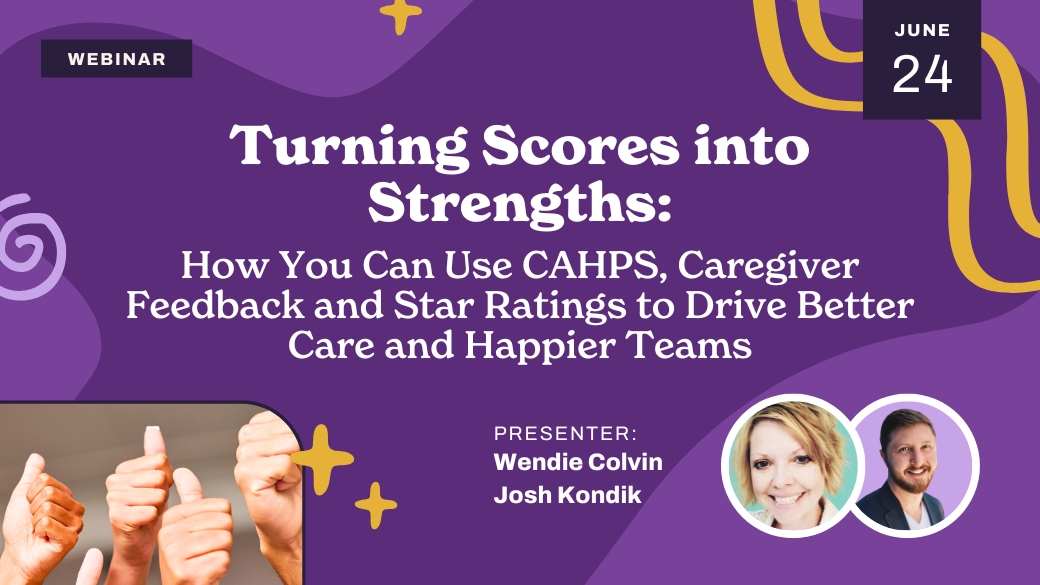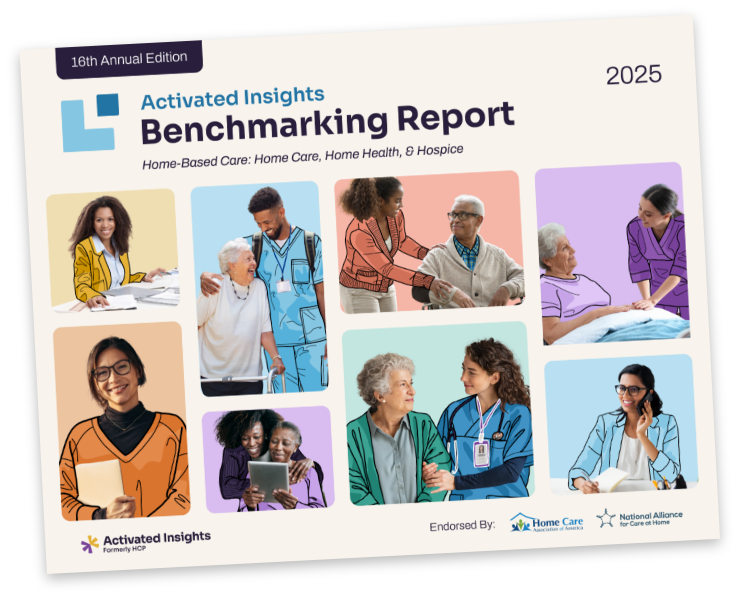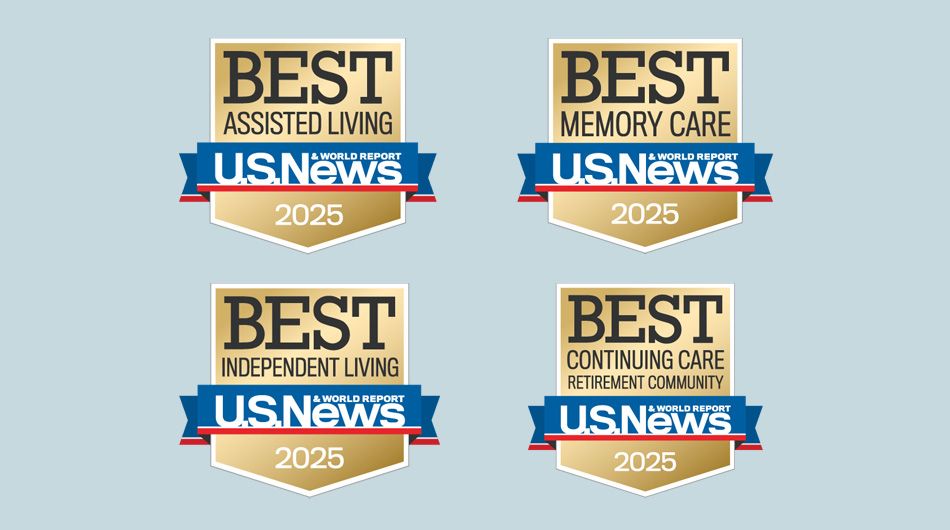Orientation is a critical piece of a caregiver’s onboarding experience. These tips and tricks will help you seal the deal and reinforce the choice that your caregivers made – to work with you, instead of the agency next door.
Then I worked for my first home care agency as a caregiver, even though I had prior caregiving experience, I went through an 8-hour orientation class that went over the fundamentals: dementia training, cooking, ambulation, etc.
Following this orientation, I was offered the opportunity to take a personal care class. It was an 8-hour course that expanded my client pool to work with those that require personal care. The class was on my radar upon hiring; however, the class was on Tuesdays during the day when I had school.
Luckily, the agency I was working with had other caregivers in the same boat, and the clinical team was training a new nurse who would lead a Saturday personal care class.
Before taking this course, I was restricted to only working with companion clients. I was only getting 20-30 hours a week, while there were many open shifts for personal care clients. This class doubled the pool of clients I could work with and increased my base pay rate.
It’s important for all caregivers to have the same access to training, regardless of their experience levels.
57% of caregiver turnover occurs during the first 90 days of employment. That doesn’t have to be a reality for your home care agency. Turnover happens for a variety of reasons. Many of these can tie back to orientation as well. The top 5 causes of turnover include:
Not all these causes of turnover will apply to your agency. Each of these factors can be traced back to caregiver orientation. If you can master these five things in your orientation, you can significantly improve your overall retention.
Related content: 5 Ways Your Home Care Office Staff Can Increase Caregiver Retention
How can orientation be improved?
Because the needs and circumstances of every agency are different, there’s no single way to do orientation. However, there are common mistakes; one of the most common is rushing through it in attempt to get caregivers to their first shift.
This mistake is understandable; all too often, new caregivers fail to show up to orientation or their first day, so many agencies rightly feel a need to hurry through orientation so as to not lose caregivers before the first shift.
This thinking, however, is flawed; a (paid) caregiver orientation that reinforces the feeling that they’re working for a caring, employee-centric company and leaves them feeling fully prepared for their first shift is going to do much more for early caregiver retention than rushing through the experience.
You should also think about what brought them to their current caregiving position with you. Why did they leave their last position? Common reasons include feeling unsupported, isolated, or unprepared. If you address these topics head-on, you can prevent similar problems with your agency.
You’re probably familiar with what your caregivers think about your training, but it’s always beneficial to have a reminder. Here are some quotes from our caregiver surveys giving a snapshot of some common thoughts on orientation and training:
How many of those may be applicable to the orientation your caregivers are receiving?
An in-person orientation might not be realistic if you have too many attendees. There are many ways to offer online training and information sessions. However, make sure that your caregivers have time to get trained and meet with the scheduler/care coordinator in the office before starting their first shift.
Make sure to also:
Understand your caregivers’ client preferences.
Understand your caregivers’ communication and learning preferences.
Related content: How to Match a Client with the Perfect Caregiver
What should orientation do?
Your caregiver orientation should aim to accomplish several goals:
Reinforce that your caregivers picked the right place, but don’t make the orientation all about you. Instead, focus on culture, incentives, and programs you have in place to help with long term retention. Some of these can include: CNA scholarships, stellar training, caregiver mentorship programs, career ladders, and other benefits.
Set clear expectations for your caregivers.
Allow time for filling out required hiring paperwork: I-9, W-4, job description/responsibilities, job offer letter, etc.
Prepare your caregivers to work with your clients.
Are your caregivers able to perform the skills required for their clients?
If you perform a skill evaluation with your caregivers, were you able to verify and check off every skill? If not, schedule a time for the person to be trained one-on-one. Make sure that they are competent in all skills before starting with their first client – even if those skills are not required for their current assignments.
Additionally, make the training as close to real-life as possible. See if caregivers can use each other or a staff member as a pretend client. Dolls and mannequins are not representative of the weight that they will be lifting.
Ask your caregivers if they feel prepared, and make sure to arrange initial client meetings for the caregivers with an office staff member/caregiver mentor. Having a familiar face with them when they are meeting each new client adds to a new caregiver’s comfort level. Be realistic about the time needed. If they need a whole shift of training, make sure that the person sent out with them has the necessary time available.
What should caregivers take away from orientation?
Orientation can often seem like an information overload, but it’s important to go over everything. Here are some of the main points that your caregivers should leave orientation with:
Orientation is not the be-all-end-all
As we mentioned in the beginning, the caregiver turnover rate is 57% within the first 90 days. This makes the orientation and beginning part of their employment a key factor in their longevity.
It’s important to treat your orientation like a first impression. Within the first seven seconds of meeting, people generally have a strong impression of you decided. You’ve likely met your caregivers before they come to orientation, but this is a new opportunity to reintroduce them to your company in the best light possible.
It’s easy to forget a step or let one slip past you but putting together a stellar orientation for your caregivers can boost your retention rates. If you’re stumped on assembling topics, we have a blog article on suggested orientation topics that can help pull your orientation together. This will set your caregivers up for success with their clients and with your home care agency.
At the end of the day, however, orientation isn’t the only thing that matters. One agency owner said, “It’s because of them out there, that we get to be in the office.” Keeping a pulse on your caregivers, knowing how they are doing, and providing continual opportunities for upward progression is key to your success.
Don’t just give your caregivers a great orientation and turn them loose—let the orientation set the tone for the quality of education they’ll receive throughout their time with your agency.
Read More:
Related Posts







